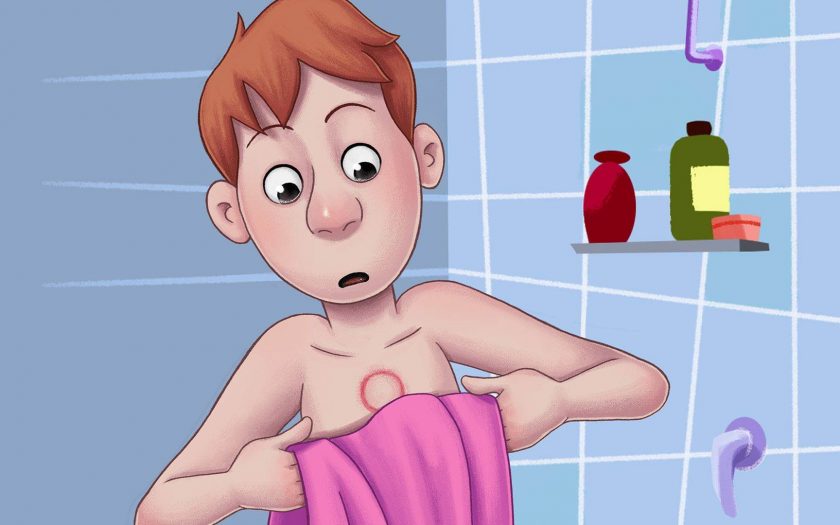Ringworm is a dermatological disease that is more commonly diagnosed in people under 30, and in children and the elderly – rarely. Excessive activity of the sweat glands is often a factor that provokes infection. So the disease often appears in summer, in resorts and in countries with humid hot climates.
Ringworm often occurs in people with the following pathologies:
- chronic diseases of the gastrointestinal tract (gastritis, ulcer);
- endocrine disorders;
- autoimmune diseases;
- hormonal changes, including those caused by taking oral contraceptives, pregnancy, infertility treatment;
- genetic predisposition.
Ringworm can also be triggered by taking certain medications, such as immunosuppressants, glucocorticosteroids. Decreased body defenses can also trigger the growth of fungal infections. The following changes can provoke the development of ringworm:
- recent serious illness, injury or surgery;
- severe vitamin deficiency;
- hypothermia;
- stress;
- prolonged exposure to adverse factors (eg work in hazardous industries, contact with chemicals and reagents);
- food poisoning;
- a period of increased mental and physical exertion;
- change of residence;
- alcohol abuse.
Among the external factors that cause ringworm, the most common is tight synthetic clothing in the hot season, as such materials interfere with the natural respiration of the skin, increase sweating and irritate the upper layers of the skin. As a result, the fungus enters the epidermis and begins to actively multiply.
The first symptom of the disease is the appearance of small spots, most often localized on the torso, arms, scalp or external genitalia. The rash may be slightly itchy or not cause discomfort. Initially, the spots are pink, but gradually change their hue: from pinkish-yellow to brown and reddish-brown. The number of spots increases over time: the fungus spreads on the skin, damaging a growing body surface. The rash can appear on the hands, feet, face, but never affects the mucous membranes, palms or feet, due to the special structure of the epithelium in these areas.
The rash can increase in diameter (up to several centimeters). Peeling zones appear in the center when touching the spot, the scales peel off easily. In the atypical form of ringworm, the areas completely lose pigment (become white).
A distinctive feature of ringworm is a violation of skin pigmentation. Fungi damage melanocytes, which are responsible for producing melanin, a substance responsible for skin color. Areas of hypopigmentation are especially noticeable during tanning: the affected epithelium remains light. This effect can persist for a long time, even after recovery. Ringworm often has a chronic course and frequent relapses.
To recover quickly and avoid the unpleasant consequences of infection, it is recommended to consult a dermatologist at the first symptoms of the disease:
- the appearance of a pink or reddish rash;
- mild itching of the skin;
- peeling on certain areas of the skin of the torso and arms.
Your doctor will prescribe medications (such as Clocip-B or LuliRX) to help you get rid of the disease quickly.

